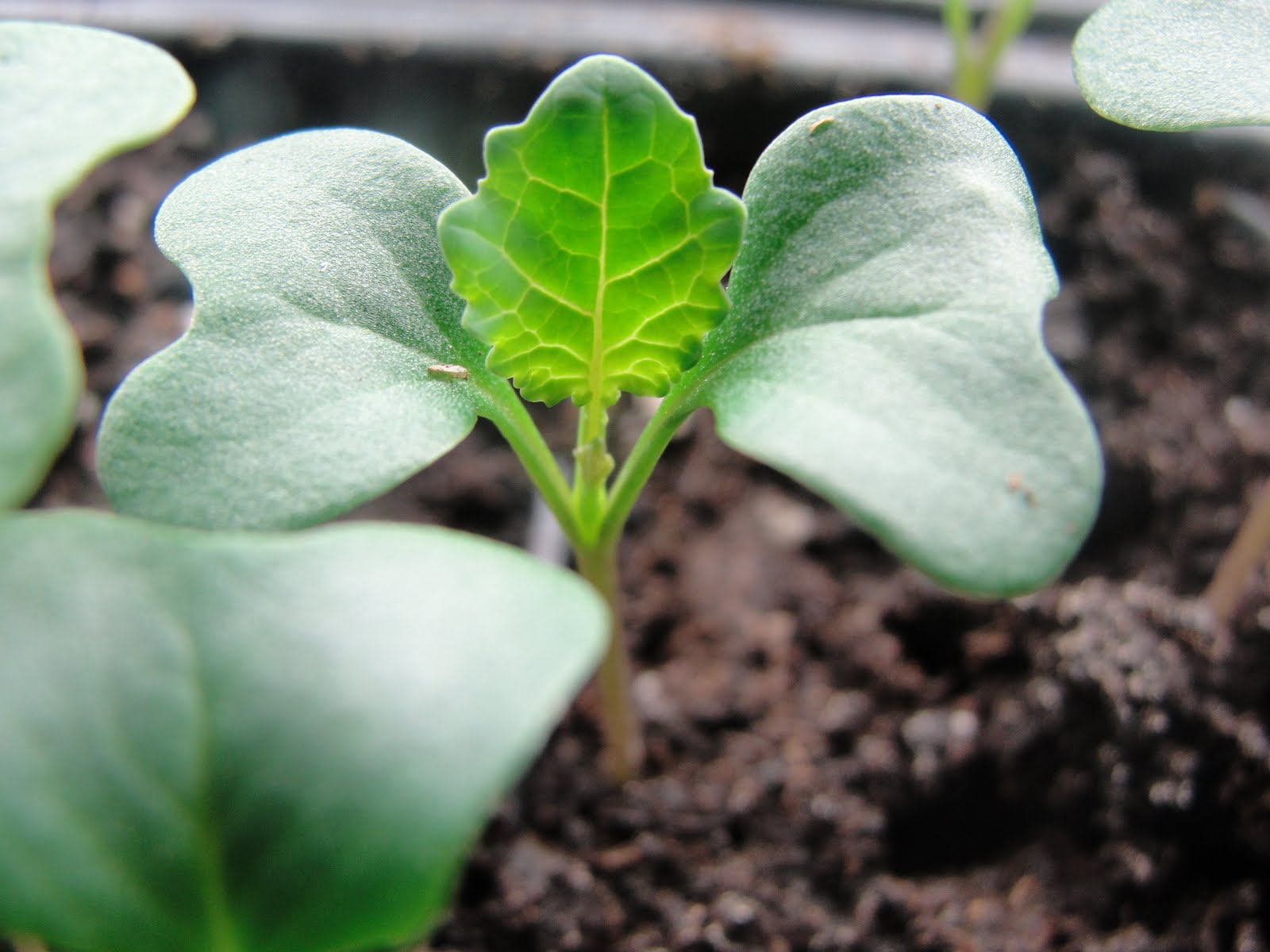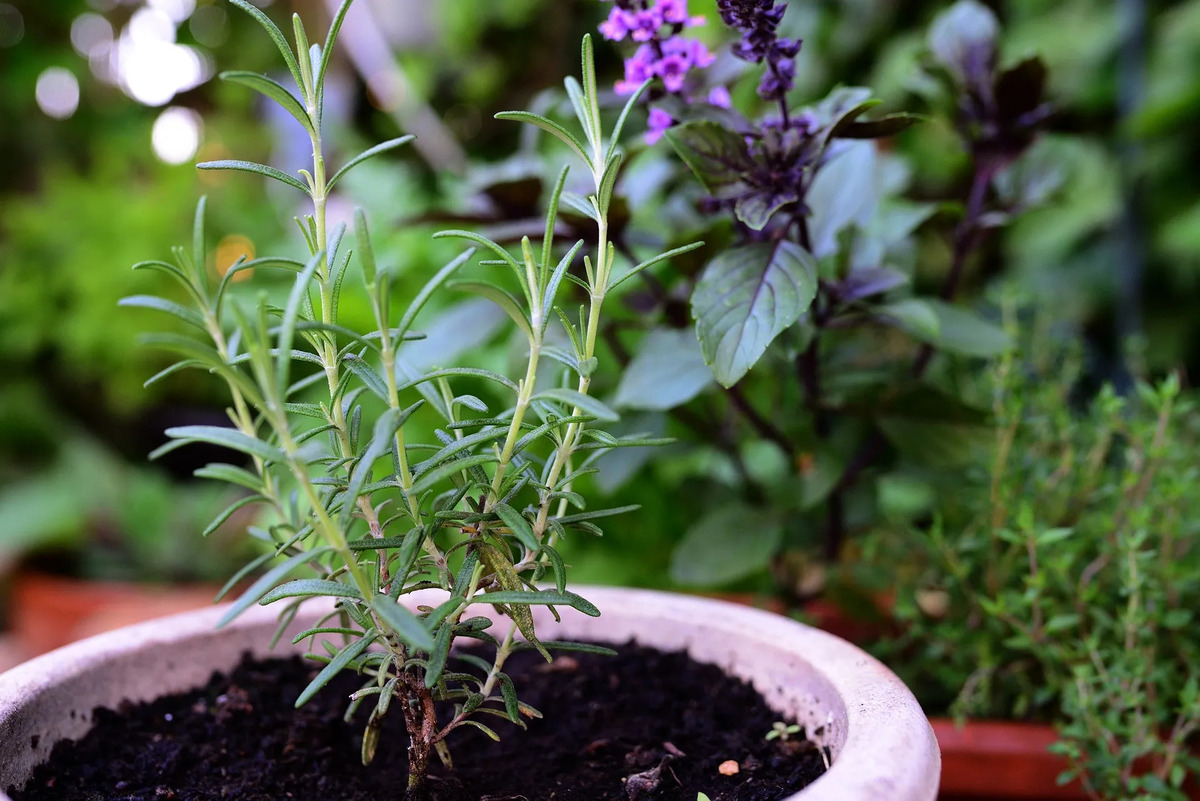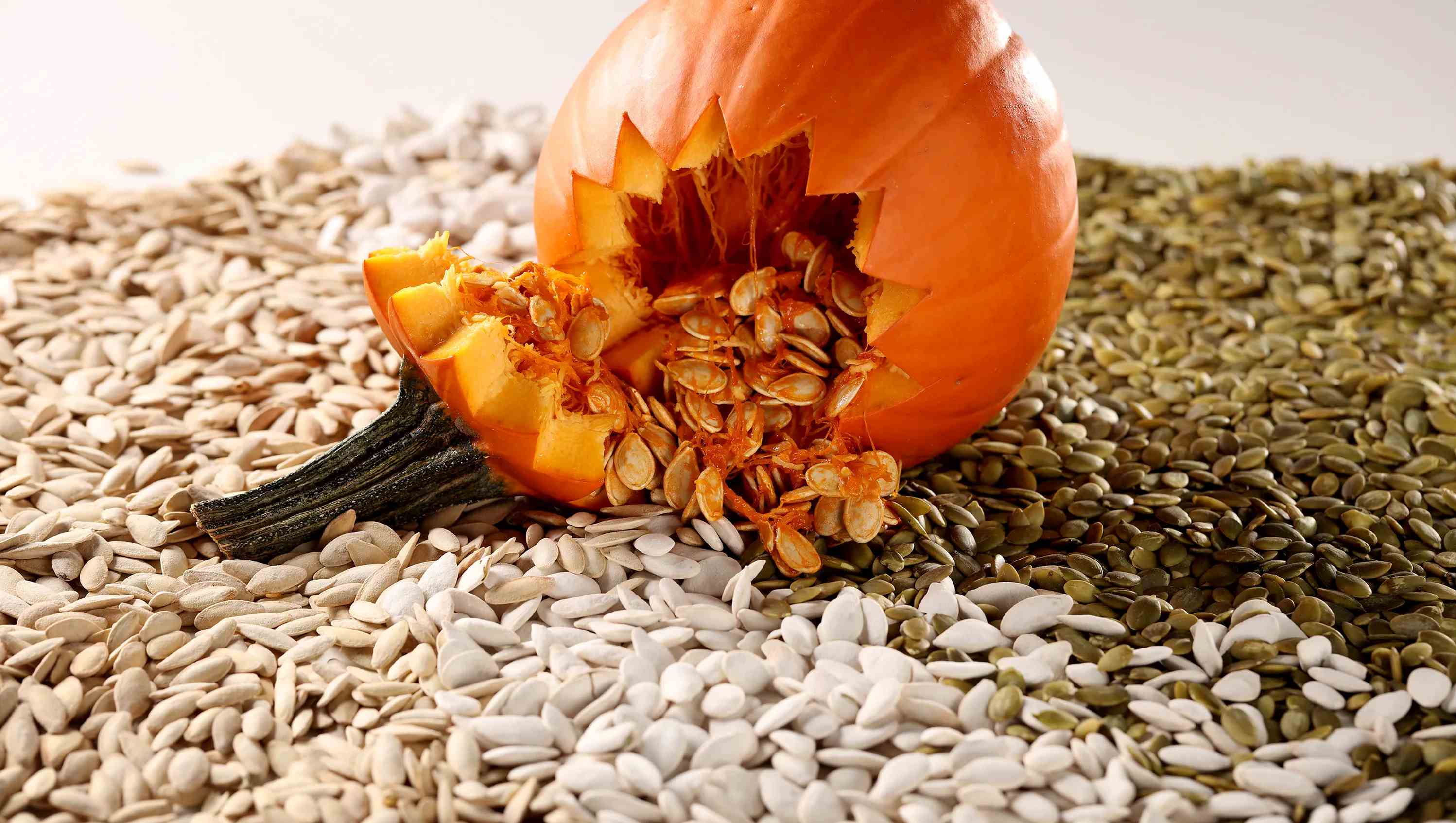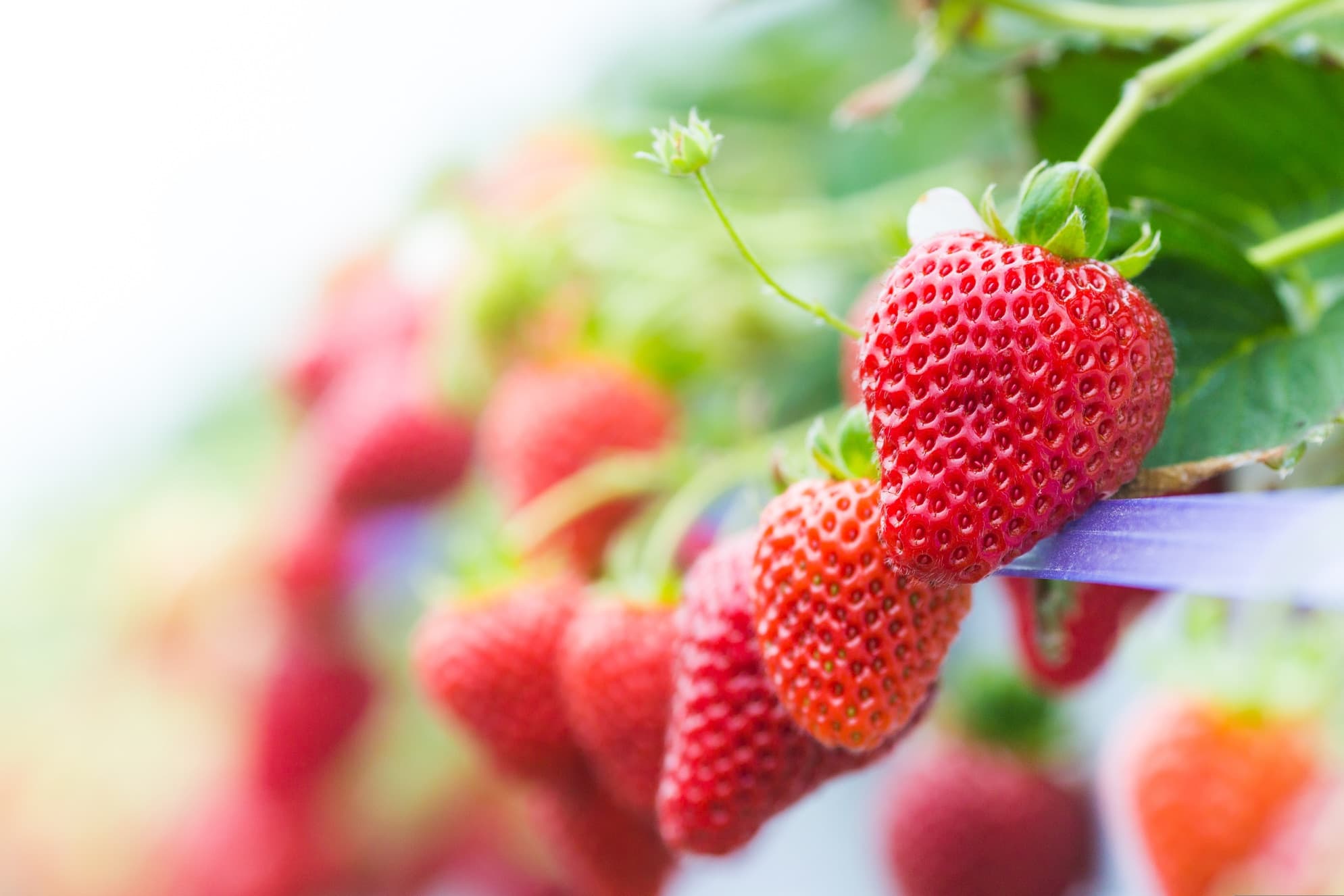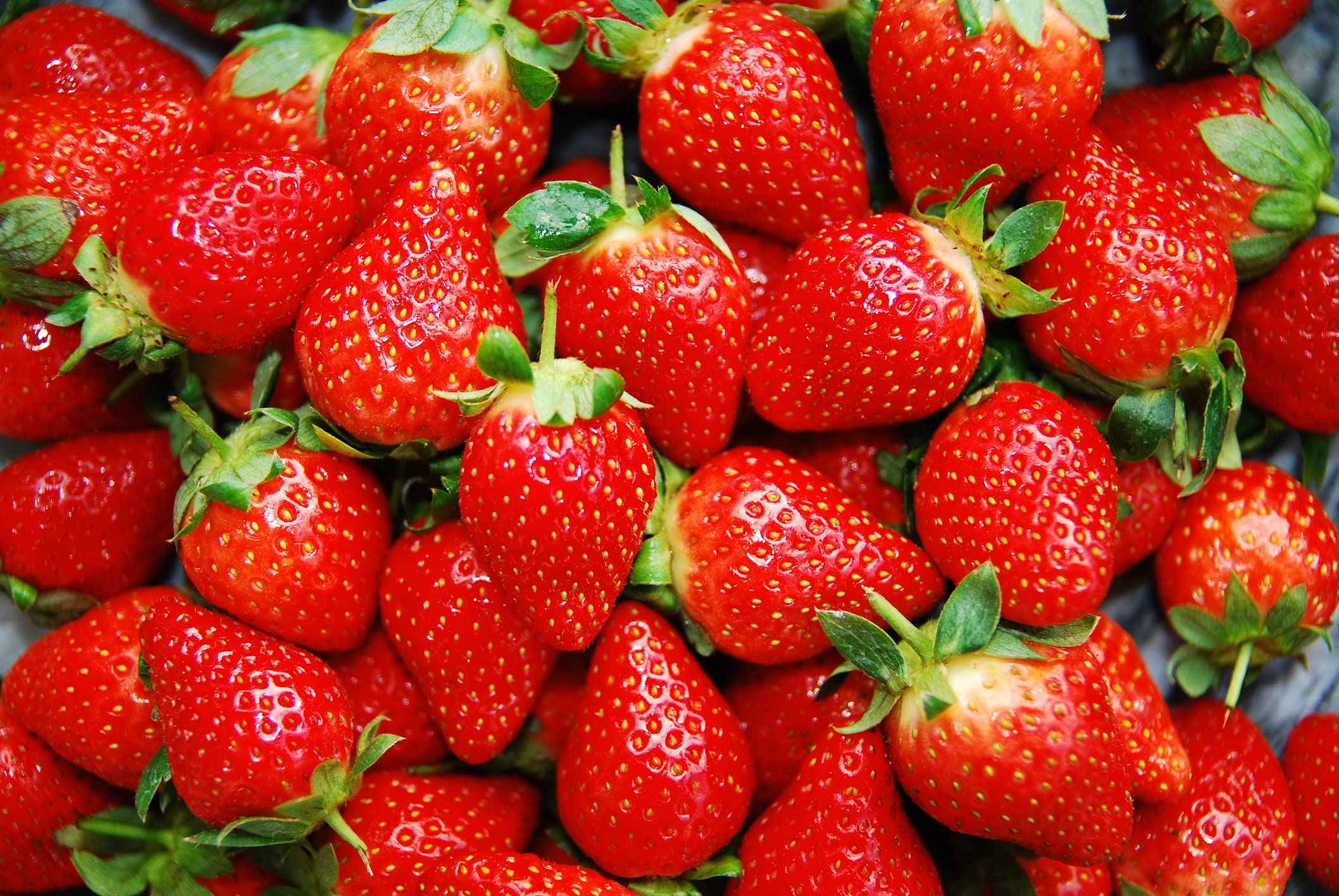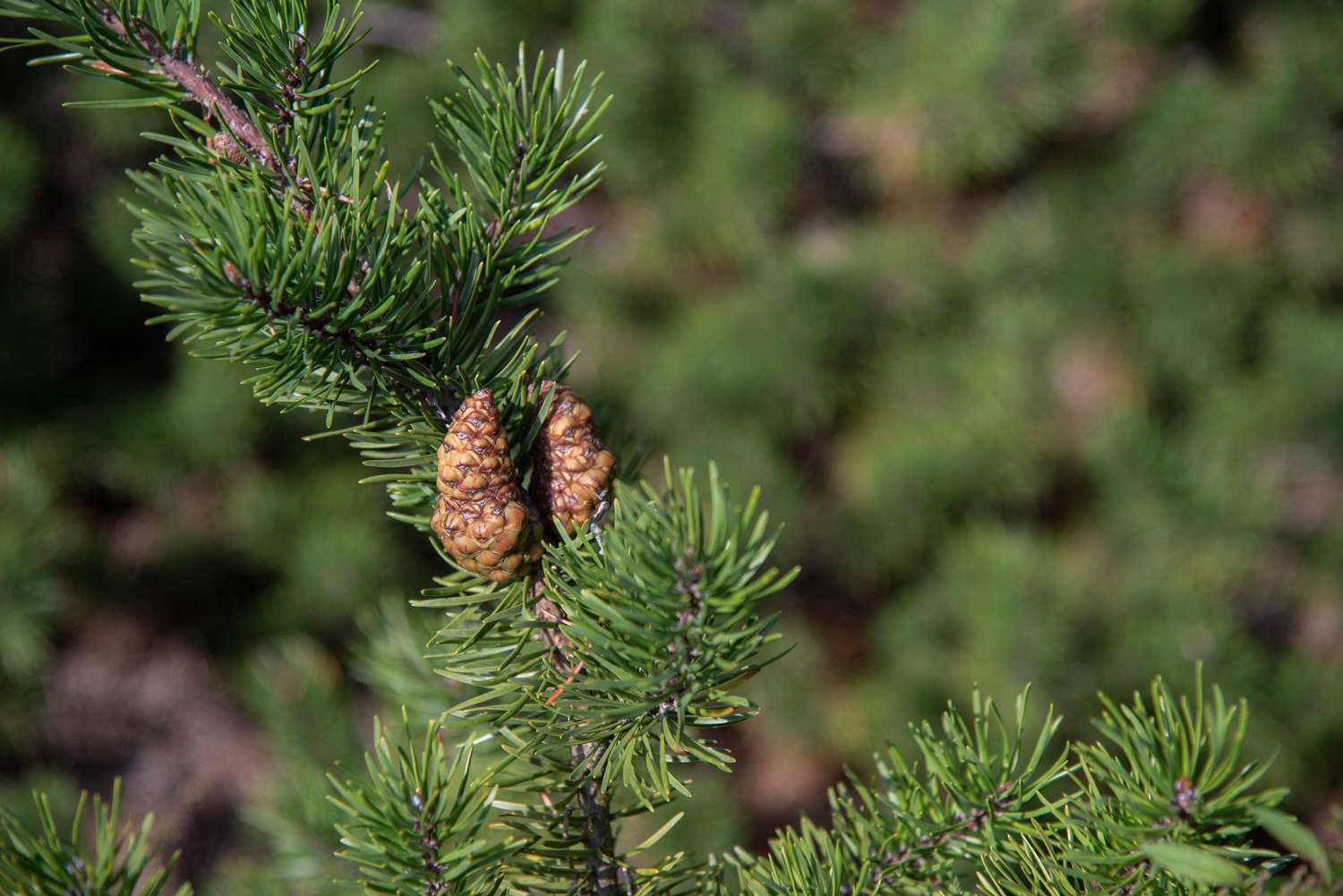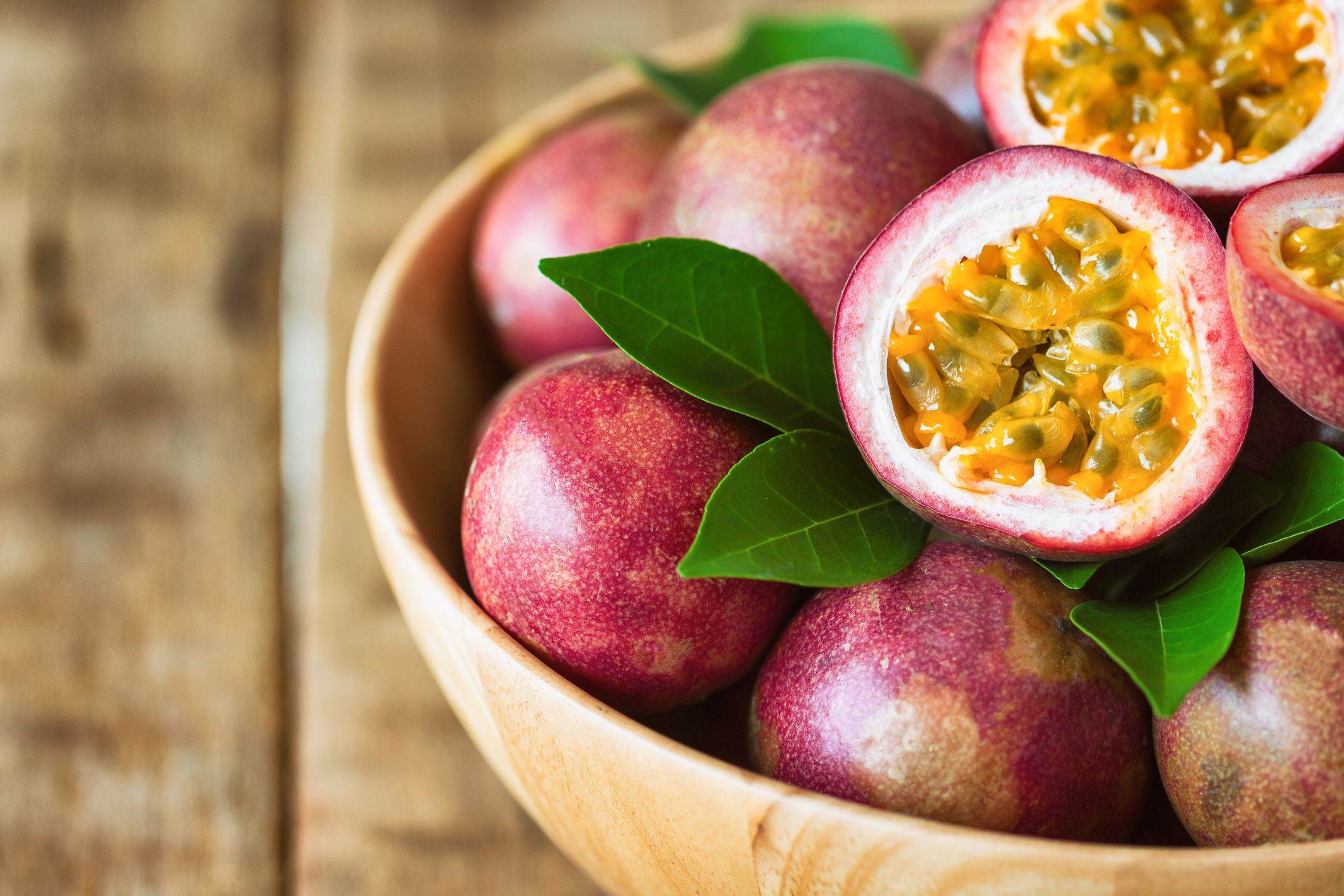Home>Types of Gardening>Edible Gardening>How To Grow Strawberries Indoors From Seeds
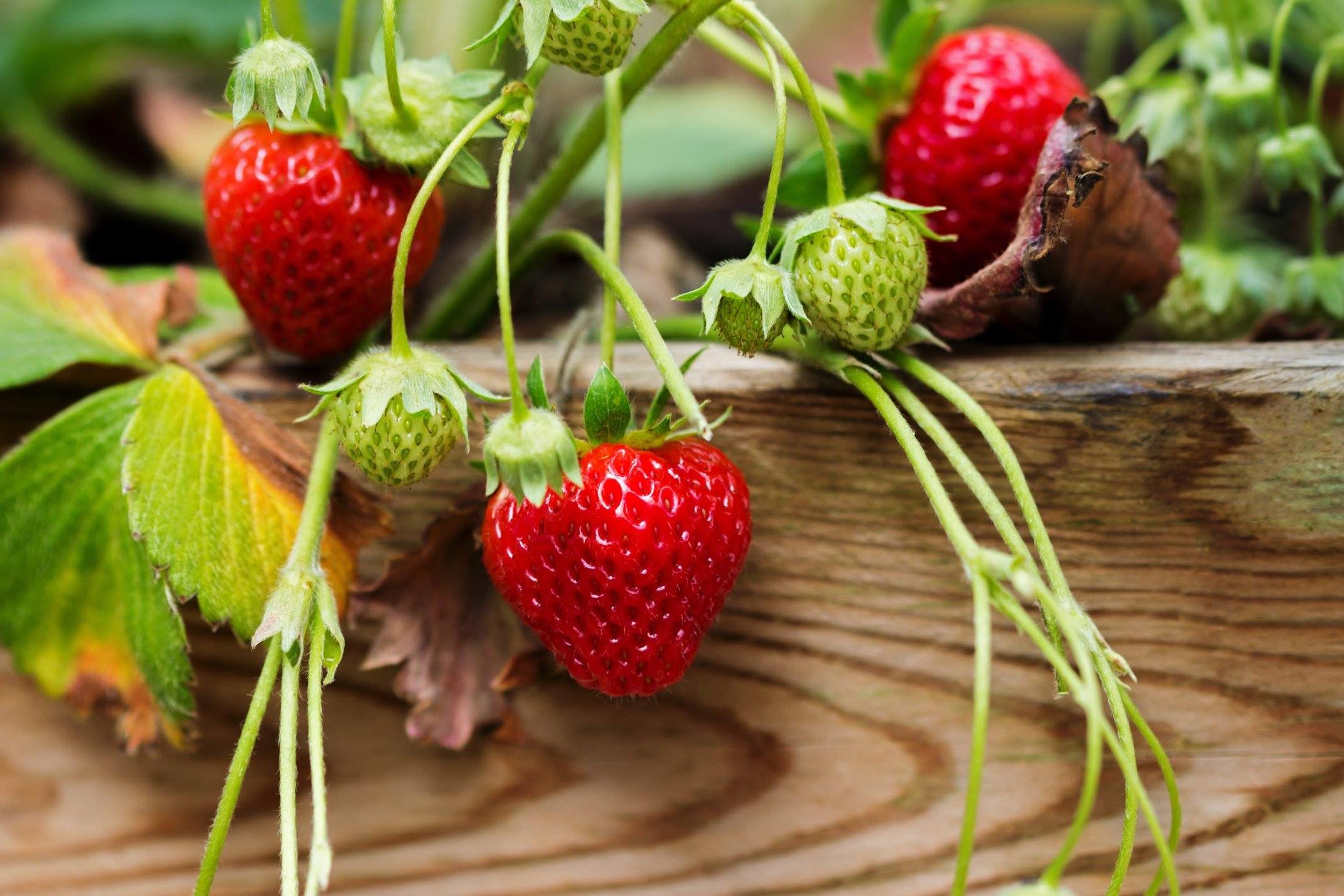

Edible Gardening
How To Grow Strawberries Indoors From Seeds
Modified: February 9, 2024
Learn how to grow delicious strawberries indoors from seeds with our comprehensive guide on edible gardening.
(Many of the links in this article redirect to a specific reviewed product. Your purchase of these products through affiliate links helps to generate commission for Chicagolandgardening.com, at no extra cost. Learn more)
Table of Contents
- Introduction
- Choosing the Right Strawberry Seeds
- Preparing the Indoor Growing Area
- Planting the Strawberry Seeds
- Providing Adequate Light and Temperature
- Watering and Fertilizing the Strawberry Plants
- Monitoring and Preventing Diseases and Pests
- Harvesting and Enjoying Your Homegrown Strawberries
- Conclusion
Introduction
Welcome to the world of edible gardening! Growing your own fruits and vegetables is not only rewarding, but it also allows you to have control over the quality and freshness of your food. If you have a passion for gardening and want to explore the joys of growing your own strawberries, you’re in the right place.
While strawberries are traditionally grown in outdoor gardens, it is also possible to cultivate these delicious berries indoors, making it a great option for those who have limited outdoor space or live in colder climates. By growing strawberries indoors from seeds, you can enjoy the experience of watching them sprout and grow right in the comfort of your own home.
In this article, we will guide you through the process of growing strawberries indoors from seeds. We’ll cover everything from choosing the right strawberry seeds to harvesting and enjoying your homegrown strawberries. Whether you’re a seasoned gardener or a beginner, you’ll find valuable tips and techniques to help you successfully grow strawberries indoors.
So, let’s dig in and discover the wonderful world of indoor strawberry gardening! Get ready to savor the sweetness of your very own homegrown strawberries.
Choosing the Right Strawberry Seeds
When it comes to growing strawberries indoors, selecting the right strawberry seeds is a critical first step. With so many varieties available, it’s important to choose ones that are well-suited to indoor growing conditions. Here are some factors to consider when choosing your strawberry seeds:
- Variety: There are two main types of strawberries: June-bearing and everbearing. June-bearing strawberries produce one large crop in early summer, while everbearing strawberries produce multiple smaller crops throughout the growing season. Consider which type will best meet your needs and preferences.
- Size: Strawberry plants come in different sizes, from compact for small spaces to larger varieties. Think about the available space in your indoor growing area and choose a size that fits well.
- Flavor: Strawberry varieties can vary in taste, from sweet and juicy to tart and tangy. Consider the flavor profile you desire when selecting your seeds.
- Climate: Some strawberry varieties are better suited for specific climate conditions. Make sure to choose varieties that thrive in the temperature and humidity levels of your indoor space.
- Seeds or Plants: You can choose to start your strawberries from seeds or purchase young plants. Starting from seeds allows you to have a wider variety selection, but it requires more time and patience. Purchasing plants can provide a head start in the growing process.
Once you’ve considered these factors, it’s time to find a reputable seed supplier or nursery. Look for sellers who specialize in edible plants and have a good track record of quality seeds. Read reviews, ask for recommendations from fellow gardeners, and ensure that the seeds are fresh and viable.
Remember, choosing the right strawberry seeds is crucial for the success of your indoor strawberry garden. Take the time to research and select varieties that align with your preferences and growing conditions, and you’ll be well on your way to cultivating delicious strawberries at home.
Preparing the Indoor Growing Area
Before you begin planting your strawberry seeds, it’s important to prepare a suitable indoor growing area. Here are some steps to follow:
1. Select the Right Containers: Choose containers that are at least 6-8 inches deep and have drainage holes to prevent waterlogging. Opt for larger containers to provide enough space for the strawberry plants to spread their roots.
2. Choose the Right Growing Medium: Use a well-draining, nutrient-rich potting mix specifically formulated for containers. Avoid using ordinary garden soil, as it may be too heavy and compact for potted plants.
3. Provide Ample Sunlight: Strawberries require at least 6-8 hours of direct sunlight daily. Select a location in your home that receives adequate sunlight or consider supplementing natural light with artificial grow lights.
4. Determine the Temperature: Strawberries thrive in cool to mild temperatures, ideally between 60-75°F (15-24°C). Avoid placing them in areas with extreme heat or fluctuations in temperature.
5. Ensure Proper Air Circulation: Good air circulation is crucial for preventing diseases and promoting healthy growth. Avoid overcrowding the plants and ensure there is sufficient space between containers.
6. Consider Humidity Levels: Strawberries prefer a humidity level between 50-70%. If your indoor environment is too dry, you can increase humidity by using a humidifier, placing trays of water nearby, or misting the plants regularly.
7. Organize Your Growing Area: Set up your containers in an organized and accessible manner. Consider using plant stands or shelving units to maximize space and make it easier to care for your plants.
8. Clean and Sterilize: Before planting, ensure that all containers, tools, and surfaces are clean and sterilized to minimize the risk of diseases and pests.
By following these steps, you’ll create an optimal environment for your indoor strawberry plants to thrive. A well-prepared growing area sets the stage for healthy and productive strawberry plants, ensuring a successful indoor gardening experience.
Planting the Strawberry Seeds
Now that you have prepared your indoor growing area, it’s time to plant your strawberry seeds. Follow these steps to ensure successful germination and growth:
1. Preparing the Seeds: If you have chosen to start from seeds, you can improve germination rates by stratifying the seeds. Place the seeds in a damp paper towel or a plastic bag with moistened peat moss, and refrigerate them for 2-4 weeks. This process simulates the cold winter period that strawberries need to break dormancy.
2. Filling the Containers: Fill your containers with the prepared potting mix, leaving about an inch of space at the top. Gently firm the soil to eliminate any air pockets.
3. Sowing the Seeds: Make shallow indentations or furrows in the soil, about ¼ inch deep. Space out the seeds evenly, leaving a few inches between each seed to allow for proper growth and airflow.
4. Covering and Watering: Sprinkle a thin layer of potting mix or vermiculite over the seeds, just enough to lightly cover them. This helps retain moisture and provides a suitable environment for germination. Use a misting spray or a watering can with a fine rose attachment to water the seeds gently without displacing them.
5. Providing Moisture and Temperature: Place a clear plastic cover or a plastic wrap over the containers to create a mini greenhouse effect. This helps retain humidity and warmth for seed germination. Keep the soil consistently moist, but not waterlogged.
6. Germination Time: Strawberry seeds usually germinate within 2-4 weeks, although it can vary depending on the variety and growing conditions. Be patient and continue to provide the right conditions for germination.
7. Removing the Cover: Once the seedlings start emerging, remove the plastic cover to allow for proper air circulation and prevent damping off diseases. Place the containers in a well-ventilated area, ensuring they receive adequate sunlight or artificial grow lights.
8. Thin and Transplant: As the seedlings grow, thin them out to maintain proper spacing and allow the strongest ones to thrive. When the seedlings have developed a couple of true leaves, carefully transplant them into larger containers or individual pots, ensuring that the roots are gently covered with soil.
By following these steps, you will give your strawberry seeds the best chance to germinate and grow into healthy plants. Patience and consistent care are key during this stage of the indoor gardening process. Soon enough, you will have a delightful array of strawberry seedlings ready to flourish and produce delicious fruits.
Providing Adequate Light and Temperature
Proper lighting and temperature are crucial factors in the successful growth of indoor strawberry plants. Here are some guidelines to ensure that your strawberries receive the right amount of light and maintain optimal temperature:
1. Light Requirements: Strawberries require a minimum of 6-8 hours of direct sunlight each day. Place your plants in a location where they will receive the maximum amount of natural light. South-facing windows are ideal, but if natural light is limited, supplement with artificial grow lights to provide the necessary intensity and duration.
2. Positioning: Rotate your containers regularly to ensure that all sides of the plants receive equal amounts of light. This will promote even growth and prevent the plants from leaning and reaching towards the light source.
3. Temperature: Strawberries thrive in cool to mild temperatures. Maintain the temperature in the range of 60-75°F (15-24°C) during the day, and slightly cooler temperatures at night. Avoid exposing the plants to extreme heat or cold drafts, as this can stress the plants and affect their growth.
4. Insulation: If your indoor space tends to be colder, you can insulate the containers by placing them on a layer of insulation material like foam boards or using a plant heating mat to maintain a warmer temperature around the roots.
5. Ventilation: Good air circulation is important for preventing fungal diseases and promoting healthy growth. Open windows or use fans to keep the air moving around your plants. However, be cautious of excessive airflow and drafts, as they can cause drying out of leaves and roots.
6. Temperature Fluctuations: Rapid temperature fluctuations can be detrimental to strawberry plants. Avoid placing the containers near heaters, air conditioners, or drafty areas, as these can cause stress and damage the plants.
7. Monitor and Adjust: Regularly monitor the temperature and light conditions in your indoor growing area. Use a thermometer to ensure that the temperature remains within the optimal range, and observe the plants for any signs of heat or light stress. Adjust the positioning of plants, use curtains for light control, or adjust the heights of grow lights as needed.
By providing adequate light and maintaining an optimal temperature range, your indoor strawberry plants will thrive and produce abundant and flavorful fruits. Remember to monitor and adjust the conditions as necessary to create the best growing environment for your strawberry garden.
Watering and Fertilizing the Strawberry Plants
Proper watering and fertilization are essential for the healthy growth and productivity of indoor strawberry plants. Follow these guidelines to ensure that your plants receive sufficient water and nutrients:
1. Watering: Strawberries prefer consistently moist soil, but it’s important to avoid overwatering, as it can lead to root rot and other diseases. Water the plants when the top inch of soil feels slightly dry, providing enough water to moisten the entire root zone. Use a watering can with a narrow spout to direct water at the base of the plants, avoiding wetting the foliage to prevent fungal diseases.
2. Watering Frequency: The frequency of watering will depend on various factors such as the temperature, humidity, and size of the containers. As a general guideline, water your strawberry plants 2-3 times a week, adjusting as needed to maintain consistent moisture levels.
3. Drainage: Ensure that your containers have proper drainage holes to prevent waterlogging. Excess water should be able to freely drain out of the containers, allowing the soil to remain moist but not waterlogged.
4. Fertilizing: Strawberries are heavy feeders and benefit from regular fertilization. Use a balanced, water-soluble fertilizer specifically formulated for fruit-bearing plants. Begin fertilizing when the plants start producing flowers and fruits. Follow the instructions on the fertilizer packaging and apply it every 2-3 weeks during the growing season.
5. Organic Fertilizers: If you prefer organic options, consider using compost or well-aged manure to provide nutrients to your strawberry plants. Apply these organic amendments in early spring or before planting, and supplement with liquid seaweed or fish emulsion during the growing season.
6. Avoid Excessive Nitrogen: While strawberries require nitrogen for leaf growth, excessive nitrogen can result in lush foliage at the expense of fruit production. Choose a fertilizer with a balanced NPK ratio, or one with slightly higher phosphorus and potassium content to promote flowering and fruiting.
7. Mulching: Applying a layer of organic mulch, such as straw or wood chips, around the strawberry plants can help conserve moisture, suppress weeds, and provide slow-release nutrients as it breaks down over time. Mulching also helps to prevent fruit rot by keeping the strawberries off the ground.
8. Observation and Adjustments: Monitor your plants regularly for signs of over or under-watering, nutrient deficiencies, or excesses. Adjust your watering and fertilization practices as needed based on the condition of the plants and the response they show.
By practicing proper watering and fertilization techniques, you will provide your indoor strawberry plants with the essential elements they need for vigorous growth and abundant fruiting. Consistency, observance, and adjustment are key to maintaining optimal moisture and nutrient levels for a successful strawberry harvest.
Monitoring and Preventing Diseases and Pests
Just like outdoor gardens, indoor strawberry plants are also susceptible to diseases and pests. It’s important to monitor their health regularly and take preventive measures to ensure they remain vibrant and productive. Here are some tips for monitoring and preventing common diseases and pests:
1. Regular Inspection: Check your strawberry plants regularly for any signs of pests, such as tiny insects, webs, or chewed leaves, as well as symptoms of diseases like discoloration, spots, or wilting. Early detection allows for quick intervention.
2. Integrated Pest Management (IPM): Implement an IPM approach to manage pests effectively. This involves using organic and biological pest control methods as a first line of defense, such as handpicking insects, introducing beneficial insects like ladybugs or lacewings, or using insecticidal soaps and oils.
3. Good Hygiene: Practice good hygiene by keeping the indoor growing area clean and tidy. Remove any fallen leaves, debris, or dead plant material regularly, as they can attract pests and harbor disease-causing organisms.
4. Water Management: Avoid over-watering, as it can lead to the development of fungal diseases. Ensure proper drainage and allow the soil surface to dry slightly between watering to discourage fungal growth.
5. Air Circulation: Promote good air circulation around your strawberry plants by providing space between containers and using fans to keep the air moving. This helps to prevent the buildup of humidity, which can contribute to the development of fungal diseases.
6. Avoid Overcrowding: Crowded plants can promote the spread of diseases and harbor pests. Provide adequate spacing between plants, allowing for proper airflow and preventing the transmission of diseases from one plant to another.
7. Disease-Resistant Varieties: Consider selecting disease-resistant strawberry varieties, as they are naturally more resistant to common diseases. Look for varieties labeled as resistant to fungal diseases like powdery mildew or gray mold.
8. Quarantine New Plants: If you introduce new strawberry plants to your indoor garden, quarantine them for a few weeks to observe and ensure they are free from pests or diseases. This prevents potential infestations from spreading to your existing plants.
9. Organic Sprays: As a last resort, if pests or diseases become a major issue, you can use organic sprays such as neem oil or insecticidal soap. Follow the instructions carefully and avoid applying sprays when the plants are flowering or when fruits are present.
10. Consult an Expert: If you’re unsure about specific symptoms or need advice on disease or pest management, consult with a local horticulturist, extension service, or experienced gardener for guidance.
By monitoring your indoor strawberry plants regularly and taking proactive measures to prevent diseases and pests, you can ensure a healthy and thriving indoor garden. Remember, early intervention is key in minimizing the damage caused by pests and diseases, so stay vigilant and proactive in maintaining the well-being of your strawberry plants.
Harvesting and Enjoying Your Homegrown Strawberries
After patiently tending to your indoor strawberry plants, the time will come to harvest and savor the delicious fruits of your labor. Here are some guidelines for harvesting and enjoying your homegrown strawberries:
1. Monitor Ripeness: Strawberries are ready for harvest when they have fully turned color and are firm to the touch. They should no longer be green or have any white spots on them. Each strawberry variety will have its own specific maturity period, so monitor your plants closely to determine the best time for picking.
2. Harvesting Technique: Gently hold the stem of the strawberry and twist it while simultaneously pulling it away from the plant. This helps to avoid damaging the plant and ensures that the ripe fruits are easily detached.
3. Handle with Care: Strawberries are delicate fruits, so handle them with care to avoid bruising or crushing them. Place harvested strawberries into a clean container or basket lined with a soft cloth or paper towels to prevent damage.
4. Immediate Consumption: Freshly harvested strawberries are an absolute delight. Enjoy them immediately by rinsing them gently with cool water to remove any dirt or debris. Pat them dry with a paper towel and savor their sweet, juicy flavor right from the vine.
5. Storage Tips: If you have more strawberries than you can consume in one sitting, store them in the refrigerator. Place them in a single layer in a covered container, lined with a paper towel to absorb excess moisture. Consume them within a few days to enjoy their peak flavor and quality.
6. Preserving Strawberries: If you have an abundant harvest, you can preserve your strawberries for later enjoyment. Options include freezing them whole, making jam, or drying them to use as flavorful additions to cereals, desserts, or smoothies.
7. Sharing the Bounty: If you find yourself with an abundance of strawberries, consider sharing them with family, friends, or neighbors. They will surely appreciate the delicious homegrown fruits.
8. Successive Harvests: Indoor strawberry plants, especially everbearing varieties, can produce multiple harvests throughout the growing season. Continue to monitor your plants, harvest ripe strawberries, and enjoy the pleasure of fresh, homegrown fruit for an extended period.
With careful harvesting, proper storage, and creative ways to enjoy them, you can relish the delightful taste of your homegrown strawberries. Get ready to indulge in the rewards of your indoor gardening efforts, and savor the satisfaction of eating strawberries fresh from your own indoor garden.
Conclusion
Growing strawberries indoors from seeds is a rewarding and enjoyable experience. With the right seeds, proper preparation, and diligent care, you can cultivate healthy strawberry plants that produce sweet and delicious fruits right in the comfort of your own home. Whether you have limited outdoor space, live in a colder climate, or simply want to try your hand at a new gardening adventure, indoor strawberry gardening offers a unique opportunity to enjoy the taste of homegrown strawberries year-round.
From choosing the right strawberry seeds to preparing the indoor growing area, there are several essential steps to ensure success. Providing adequate lighting and temperature, proper watering and fertilization, as well as monitoring for diseases and pests, are crucial for the health and productivity of your indoor strawberry plants.
Once your strawberries are ready for harvesting, the joy of picking your own ripe, juicy berries is unmatched. Whether you enjoy them straight from the plant, preserve them for later use, or share the bounty with loved ones, the satisfaction of savoring the fruits of your labor is immensely rewarding.
Indoor strawberry gardening allows you to take control of your food production, provides an opportunity for experimentation and creativity, and offers a connection to nature even in limited spaces. So, why wait? Start your indoor strawberry garden today and experience the delight of homegrown strawberries throughout the year.

